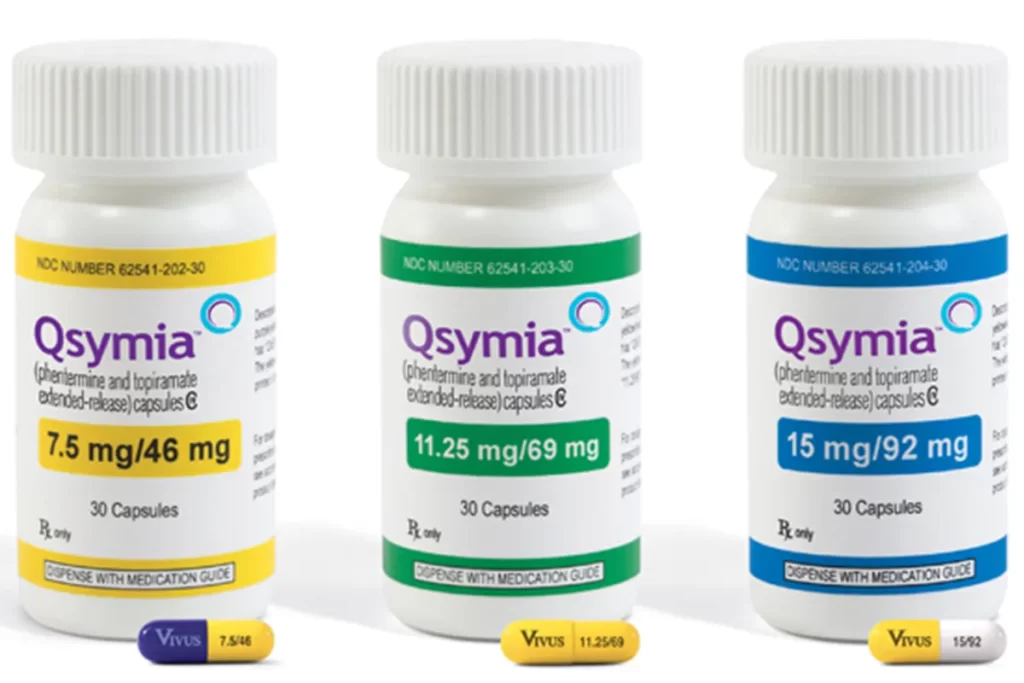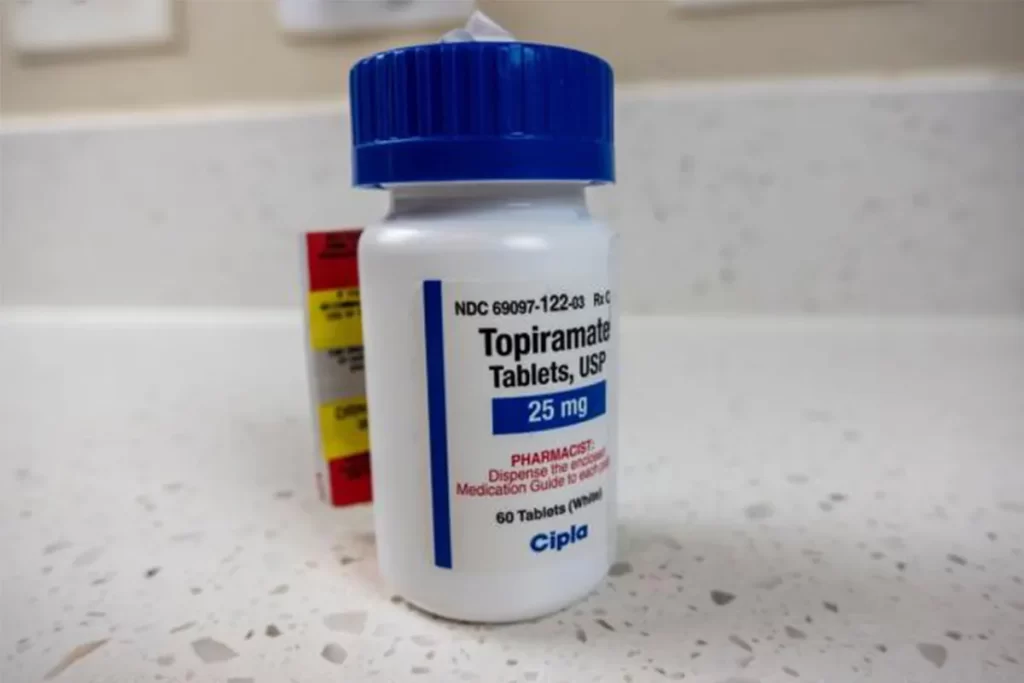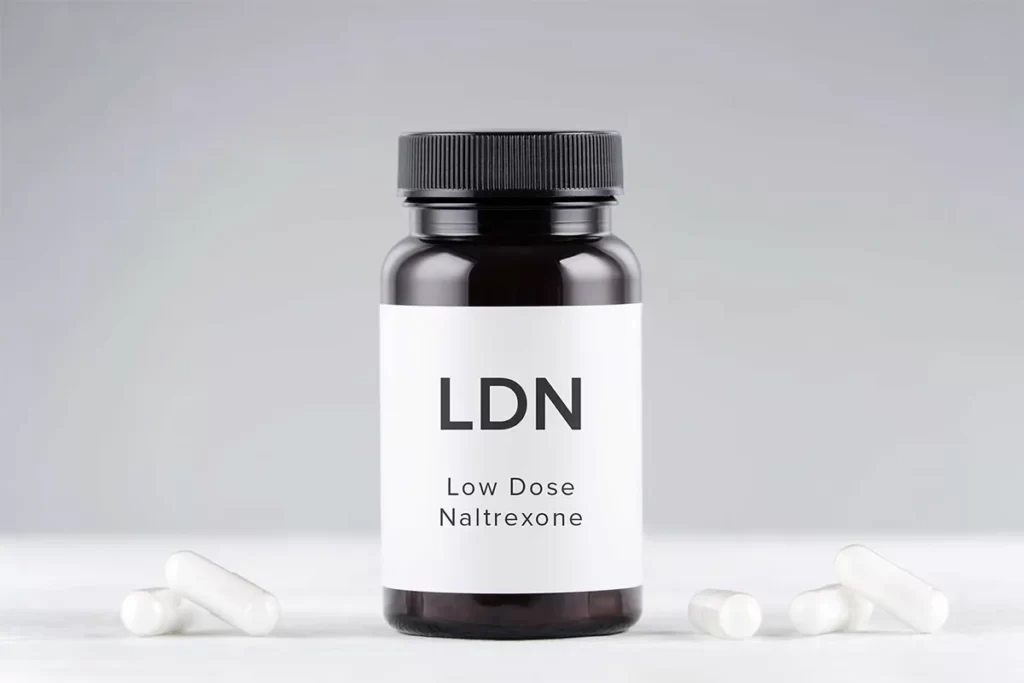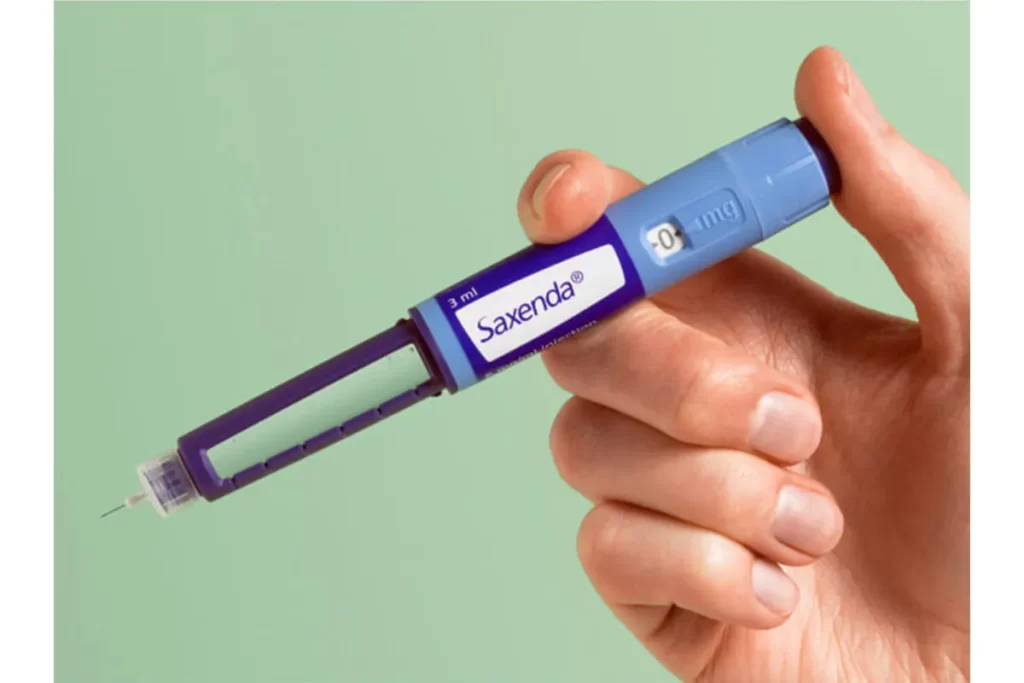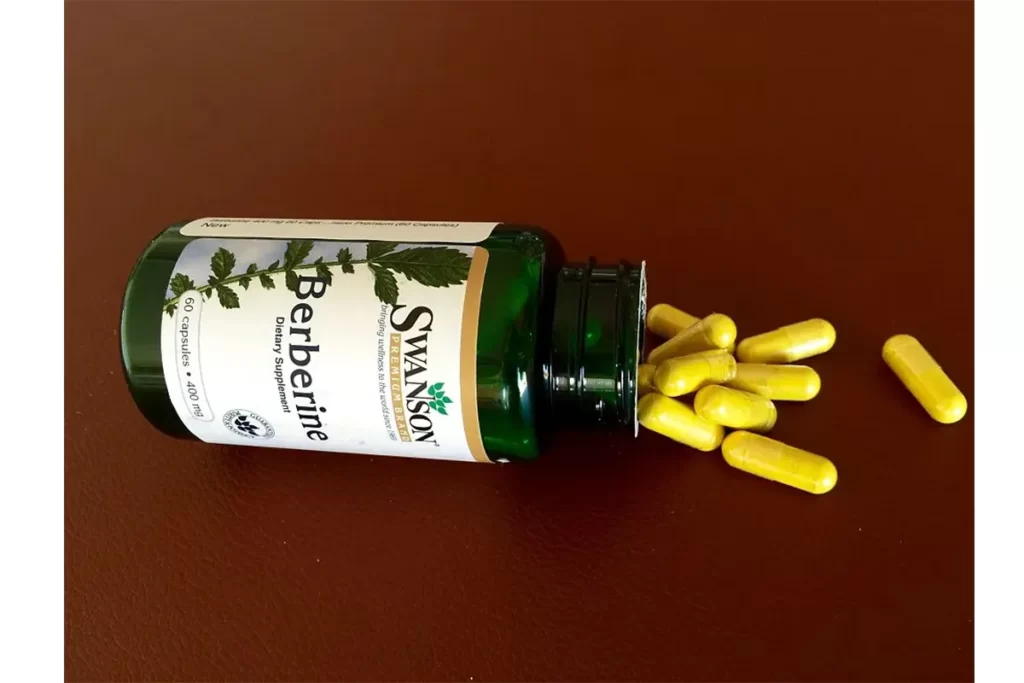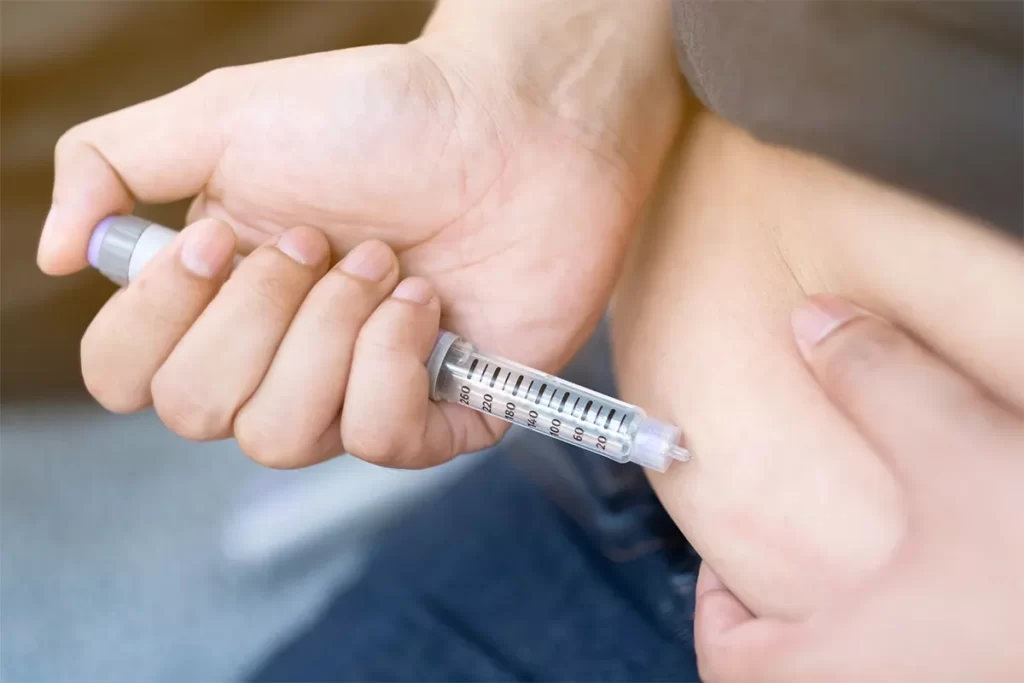7 Foods to Avoid on Contrave for Weight Loss
-
 Written by
Michael J. Ormsbee
Written by
Michael J. Ormsbee
- LAST UPDATED October 13, 2023
Contrave is a prescription medication that can be highly effective for weight loss. It combines two drugs – naltrexone HCI and bupropion HCI – that work synergistically to reduce appetite, control food cravings, and promote feelings of fullness. However, food to avoid on contrave should be strictly limited or avoided altogether while taking Contrave to allow it to work optimally and safely.
This comprehensive article provides an overview of how Contrave facilitates weight loss, details specific foods to absolutely avoid, and explains the many benefits of avoiding these dietary pitfalls while using this medication.
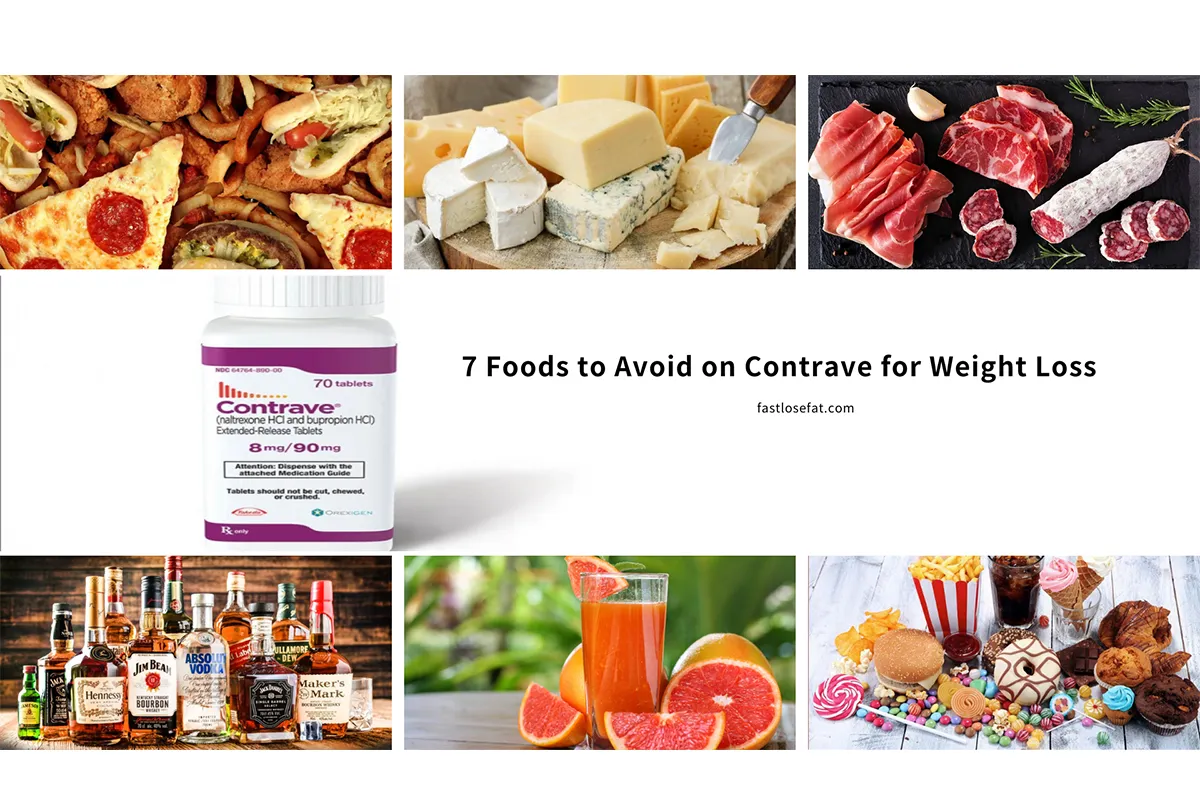
Contrave: Proven Significant Weight Reduction in Major Clinical Trials
Contrave is a combination prescription medication that has been extensively studied and shown effective for facilitating clinically meaningful weight loss of 5-10% or more of initial body weight when used along with lifestyle modifications. Multiple major clinical trials involving thousands of overweight and obese patients have validated Contrave’s ability to safely promote significant weight reduction.
- The COR-I study was a 56-week, placebo-controlled trial with 1,742 non-diabetic overweight and obese patients. Participants were randomized to receive either placebo or Contrave, consisting of sustained-release bupropion 360mg per day combined with naltrexone HCl 32mg per day. Those in the Contrave group lost around 9.3% of their starting body weight on average, compared to only 5.1% for placebo.
- In the 1-year COR-II trial with 1,496 patients, Contrave again outperformed placebo. Contrave recipients shed about 9% of their initial weight after 52 weeks, versus only 4% in the placebo arm. For even greater results, combining Contrave with nutritional meal replacements and regular counseling boosted weight loss to 11%.
- The COR-Behavior Modification trial demonstrated that adding Contrave to an intensive behavioral program doubled weight loss compared to just behavior therapy alone. Contrave plus behavior change guidance led to approximately 8.1% baseline weight reduction, versus only 3.5% with placebo and behavior mod.
- In the COR-Diabetes study of 505 overweight/obese type 2 diabetics, the Contrave group lost 6.4% of body weight versus only 1.8% for placebo. Greater weight loss allowed better glycemic control and cardiovascular risk factor improvements. Avoiding sugary and refined carb foods assists this.
- A 24-week Phase 3 randomized controlled trial again confirmed Contrave’s superiority to placebo for weight loss. Contrave recipients lost 6.2% of initial weight compared to just 1.3% for placebo. They also reported better control of eating behaviors like cravings that food to avoid on Contrave may trigger.
Based on the reproducible, significant weight loss of 5-10% or more compared to placebo, Contrave was proven effective and gained FDA approval as a weight management aid showing tangible efficacy when combined with lifestyle adjustments like healthier eating.
How Exactly Does Contrave Produce Weight Loss Results in the Body?
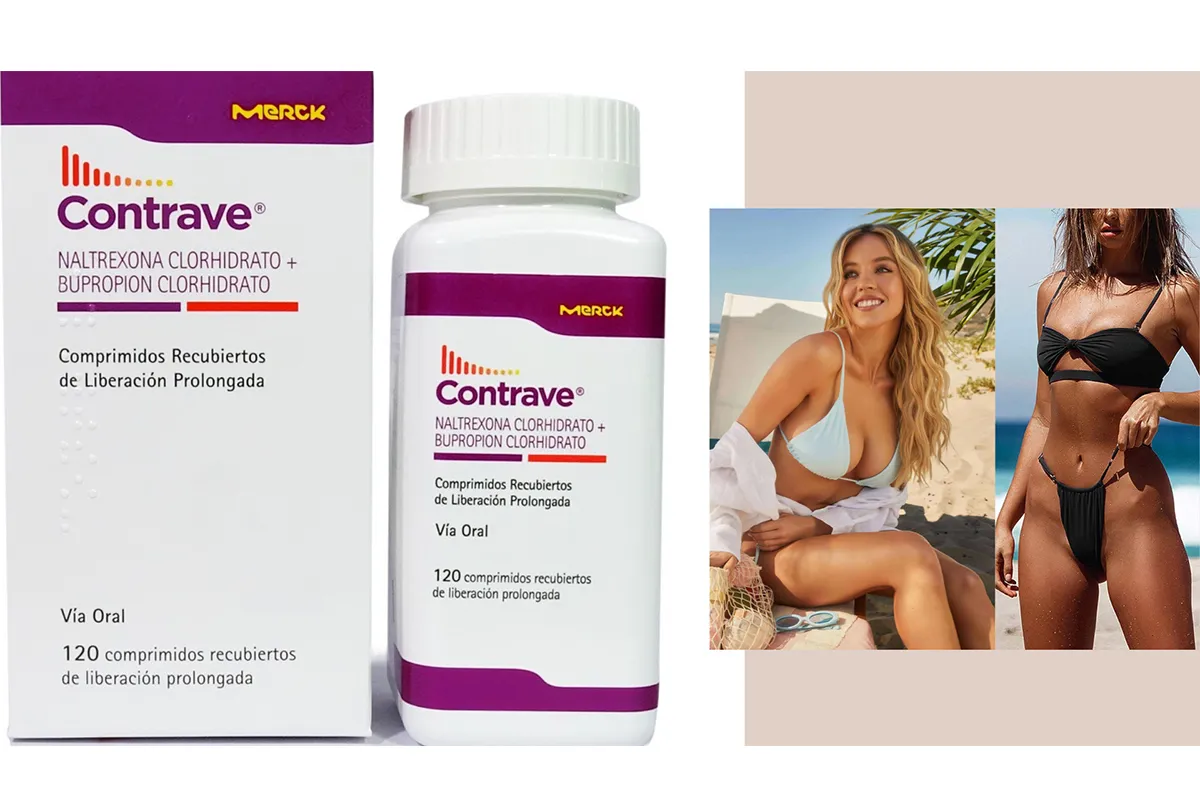
Understanding its pharmacological mechanisms of action provides insight into why food to avoid on Contrave and beverages is important while using Contrave for optimal weight management.
Contrave contains a synergistic combination of two medications – naltrexone hydrochloride and bupropion hydrochloride. Each of these active components exerts unique effects on appetite-signaling pathways in the brain.
Naltrexone is an opioid receptor antagonist. It works by binding to and blocking mu-opioid receptors which are activated when indulgent, highly palatable foods high in sugar, salt, and fat are consumed. This blocks the pleasure and reward response that reinforces cravings for such tempting but unhealthy foods.
By dampening the brain’s opioid reward system regarding food intake, naltrexone decreases appetite, reduces food cravings, and lessens the reinforcement to seek out calorie-dense foods. This makes resisting greasy pizza, sugary baked goods, salty snacks like chips and French fries, and other fattening foods easier.
The other primary component of Contrave, bupropion, functions as a norepinephrine-dopamine reuptake inhibitor. What this means is bupropion prevents the reabsorption of the key neurotransmitters dopamine and norepinephrine in neuronal synapses, resulting in higher levels of these chemical messengers.
Dopamine strongly influences mood, behavior, and motivation. Having more dopamine available in the brain helps stabilize mood and suppress cravings that may derail weight loss efforts.
Similarly, higher levels of norepinephrine boost energy, increase alertness, and also dampen appetite signaling. So enhanced norepinephrine further curbs hunger urges and food cravings.
Additionally, by stimulating pro-opiomelanocortin (POMC) neurons, bupropion directly signals the hypothalamus region of the brain to feel satiety and fullness after consuming food. This promotes a feeling of satisfaction with smaller meal portions.
In tandem then, naltrexone and bupropion work together to significantly reduce appetite, minimize food cravings, and increase feelings of satiation and fullness after eating less. This dual effect enables patients to readily reduce their daily caloric intake leading to steady weight loss over weeks and months.
So, in order for Contrave to optimally exert these beneficial effects on appetite and satiety signaling, patients must be careful about dietary choices while taking this medication. Consuming certain foods and beverages can interfere with Contrave’s mechanisms of action.
Food to Avoid on Contrave While Taking Contrave (including Drink)
While the prescription medication Contrave can be highly effective for weight loss, it’s crucial to avoid consuming certain foods and beverages while taking it. Contrave’s components and mechanisms of action make certain items incompatible and potentially hazardous. Strictly avoiding problematic foods optimizes Contrave’s benefits while ensuring safety.
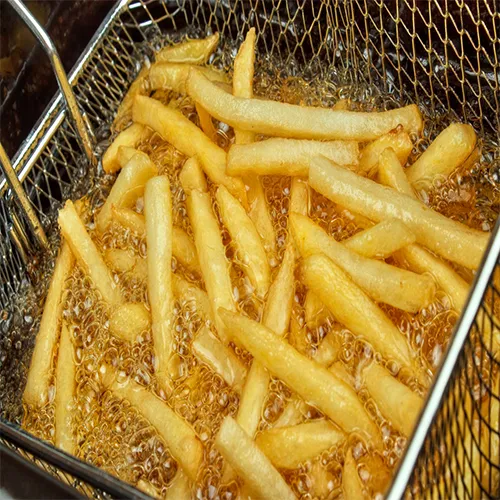
High-Fat Fried Food to Avoid on Contrave
High-fat fried foods, such as fast food, fried chicken, breaded mozzarella sticks, french fries, and potato chips, should be high on the list to avoid when utilizing Contrave for weight management purposes. The active ingredients naltrexone and bupropion can provoke gastrointestinal side effects like nausea, vomiting, diarrhea, and stomach pain during the initial body adaptation phases.
Ingesting high-fat fried foods, notorious for their greasy and heavy characteristics, can notably exacerbate these aforementioned side effects. Moreover, since Contrave functions primarily by suppressing appetite and amplifying sensations of fullness even with smaller food portions, indulging in high-fat and calorie-dense foods, such as cheeseburgers, pizza, and fried shrimp, directly counteracts the medication’s effectiveness and undermines its weight loss potential.
Identifying and adhering to a list of food to avoid on Contrave and opting for leaner, more nutrient-dense whole food alternatives not only enhances the drug’s efficacy but also supports the overall health and wellness of the individual undertaking the weight loss journey. To maximize the benefits of Contrave, adopting a wholesome, reduced-calorie diet that complements the medication’s appetite-suppressing properties is deemed crucial. So, avoiding fried and high-fat items and incorporating healthier options establishes a supportive framework for optimal weight loss outcomes with Contrave.
Say No to Aged Cheeses on Contrave
Saying no to aged cheeses becomes crucial when compiling a list of food to avoid on Contrave. Particularly, cheeses like blue cheese, gorgonzola, Parmesan, sharp cheddar, and Swiss cheese ought to be crossed off the dietary list for individuals utilizing Contrave for weight management. Why? Because the aging process of these cheeses allows proteins such as tyrosine to convert into the biogenic amine tyramine.
The intake of tyramine can pose significant health risks for those taking Contrave due to its bupropion component, triggering severe headaches, hypertensive crises, and migraines. Consequently, ensuring safety means any cheese that is notably funky, fermented, or presents a strong-smelling and hard-aged characteristic should be conspicuously absent from the diet, adhering to the contraindications stipulated for this medication. Instead, consider opting for milder fresh cheeses which typically present a lower risk and may potentially be a safer inclusion in the diet when on Contrave.

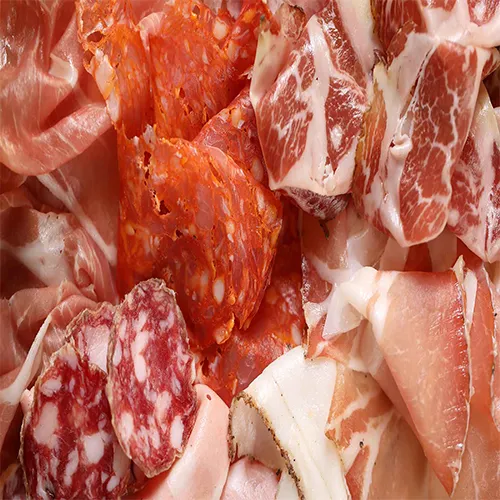
Cured and Processed Meats Food to Avoid on Contrave
Like aged cheeses, cured and processed meats including salami, pepperoni, summer sausage, hot dogs, corned beef, beef jerky, deli meats, bacon, smoked fish, anchovies, and soy sauce contain high levels of tyramines formed by curing and fermenting. Consuming substantial amounts of these products on Contrave can spike blood pressure dangerously and cause severe vascular headaches and migraines. To keep risks low, fresh uncured chicken, turkey, fish, and red meats are healthier go-tos.
Do Not Drink Any Alcohol on Contrave
Exercising caution with alcohol intake and being aware of food to avoid on Contrave is paramount for ensuring safety and efficacy while using the medication. Any consumption of alcoholic beverages, such as beer, wine, champagne, vodka, whiskey, tequila, and mixed drinks, poses an extremely high risk and must be unequivocally avoided when on Contrave. This is due to the intrinsic properties of the naltrexone and bupropion components, which significantly lower the seizure threshold. Combining these substances with alcohol is analogous to recklessly throwing gasoline on a fire, substantially escalating the risk of seizures. Furthermore, alcohol hinders the effectiveness of naltrexone’s endorphin-blocking capability. Hence, for optimal safety, patients are urged to strictly abstain from all alcoholic beverages and be duly mindful of food to avoid on Contrave during the course of their treatment.
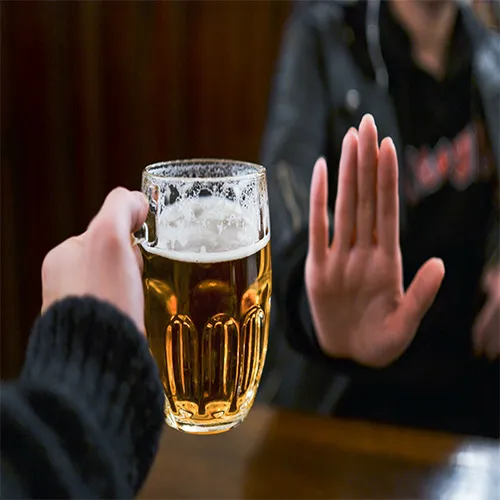
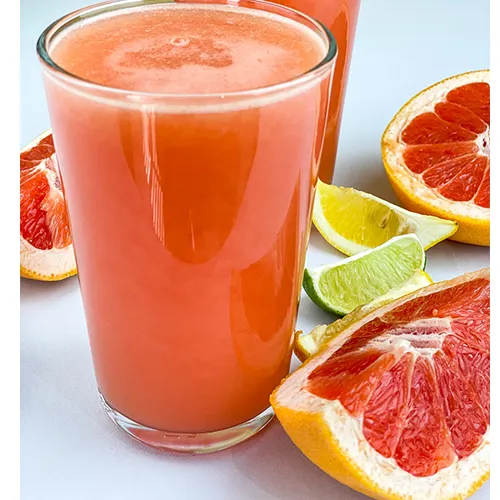
No Grapefruit or Grapefruit Juice on Contrave
While nutritious, citrusy grapefruit cannot be consumed with Contrave due to severe drug interactions. Compounds in grapefruit inhibit certain cytochrome P450 liver enzymes needed to properly metabolize and excrete the components of Contrave from the body. Inhibiting these pathways allows levels of naltrexone and bupropion to rise to potentially toxic levels, increasing problems like dangerously high blood pressure. Patients on Contrave must avoid all grapefruit and grapefruit juice.
Limit Caffeine Intake on Contrave
Consuming large amounts of caffeinated coffee, tea, energy drinks, sodas, and pre-workout supplements can worsen side effects associated with bupropion like headache, tremors, insomnia, rapid heartbeat, and anxiety. It’s smart to limit caffeine from foods and beverages when first starting on Contrave until tolerance is established. Then caffeine can be cautiously added back while staying hydrated and avoiding excess.
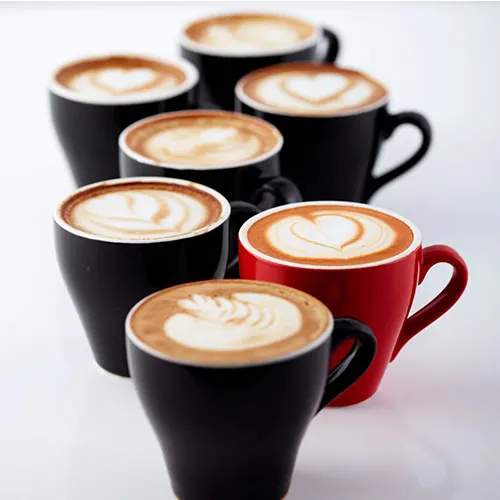
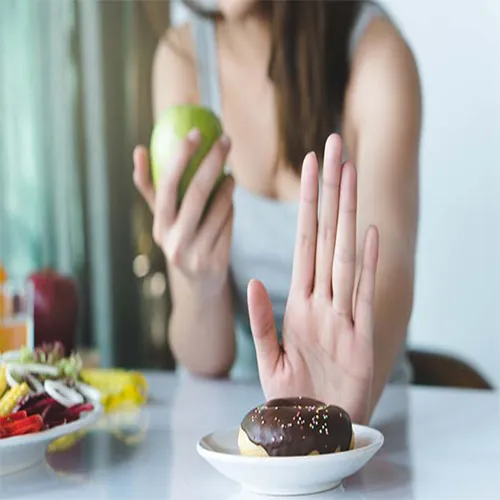
Sugar and Refined Carbs Food to Avoid on Contrave
While Contrave helps reduce cravings for sugary sweets and refined carbohydrates, some patients struggle to resist baked goods, candy, cereals, chips, crackers, and other processed foods high in sugar and white flour. Indulging in these items can stimulate appetite and cravings. Limiting soda, juice, desserts, white breads, and snack foods assists Contrave in controlling hunger and urges. Focusing on nutritious proteins, fruits, vegetables, and high-fiber whole grains is optimal.
By closely following contraindications for food to avoid on Contrave, patients give this medication the best chance for appetite suppression and significant weight loss without compromising safety.
Which Foods Should Be Eaten on Contrave?
Making nutritious food choices while taking Contrave truly optimizes your success with this medication and weight management overall. Here are some helpful guidelines for foods to focus on:
| Food Group | Foods to Enjoy | Benefits |
|---|---|---|
| Lean Proteins | Chicken, fish, tofu, eggs, beans | Build muscle, improve satiety |
| Non-Starchy Vegetables | Leafy greens, broccoli, carrots, celery | Lower calories, provide nutrients |
| Fruits | Berries, apple, grapefruit, melon | Fiber slows digestion, vitamins |
| Whole Grains | Oats, brown rice, whole wheat pasta | Complex carbs fuel and satisfy |
| Dairy | Greek yogurt, milk | Calcium, protein keep you full |
| Healthy Fats | Olive oil, avocado, nuts, seeds | Improve cholesterol, aid absorption |
| Beverages | Water, herbal tea, seltzer | Hydration supports health |
Finally – Food to Avoid on Contrave
Contrave can be highly effective for weight loss when used properly. However certain foods can reduce their efficacy and pose safety risks. Being mindful to avoid high-fat fried fare, tyramine-rich cheeses and meats, alcohol, grapefruit, excess caffeine, sugary sweets, refined carbs, and other problematic items allows Contrave to work optimally.
Following nutritious food choices makes controlling appetite, resisting cravings, and losing weight seamless while reaping Contrave’s benefits and avoiding adverse reactions. Patients prescribed Contrave should discuss comprehensive nutrition guidelines with their healthcare provider. Making smart dietary choices alongside taking Contrave leads to satisfying weight loss success.
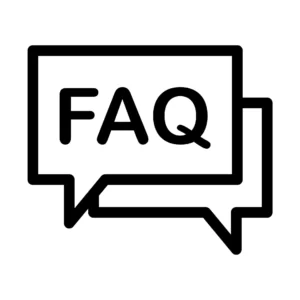
FAQs about Foods to Avoid on Contrave
1. What foods should I avoid while taking Contrave?
It's best to avoid or limit high-fat, sugary, salty, and caffeinated foods and beverages while on Contrave. These include things like fatty meats, fried foods, pastries, candy, soda, alcohol, deli meats, and coffee/tea over 1-2 cups per day. Consuming these items can worsen side effects.
2. What is the best diet to be on while taking Contrave?
Focus on a balanced diet of lean proteins, vegetables, fruits, whole grains, and unsweetened dairy. Avoid heavily processed items, refined carbs, sugary drinks, and sodium-heavy foods. A Mediterranean-style diet emphasizing plant foods, lean protein, healthy fats, and complex carbs fits well with Contrave.
3. Can you eat anything on Contrave?
No, you still need to be mindful of your food choices. Avoidtrigger foods that may cause gastrointestinal side effects or sabotage Contrave’s effects. But you don’t need to follow an overly restrictive diet either. Moderation and nutritious choices are key.
4. Can you eat fruit on Contrave?
Yes, fruit is encouraged while taking Contrave! Focus on lower sugar fruits like berries, grapefruit, melon and pair with protein or healthy fats to prevent blood sugar spikes. Limit high-sugar fruits like mangos, grapes, bananas.
5. Can I eat cheese while taking Contrave?
You can eat cheese in moderation. Opt for part-skim, reduced-fat varieties over full-fat cheeses. Limit to 1-2 servings daily as high-fat foods may cause GI upset.
6. What is the best breakfast on Contrave?
Choose a breakfast with fiber, protein and healthy fats to keep you full and satisfied. Examples include oatmeal with berries and nuts, a veggie omelet with whole grain toast, or Greek yogurt with fruit and granola. Avoid sugary breakfast foods.

